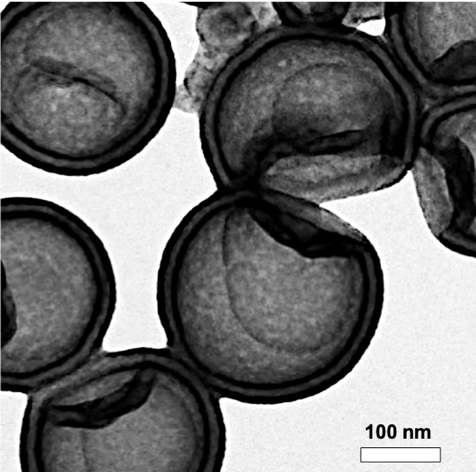
Multicompartment micelles, vesicles, and cubosomes
Block copolymers consist of two blocks with different chemistry and have been extensively studied for their ability to self-assemble into micelles and vesicles with defined dimension and properties. Our group focuses on more complex versions of micelles and vesicles where the core or membrane are substructured with functional compartments or patterns. These multicompartment micelles are generated from ABC triblock terpolymers, i.e. three sequentially linked polymer blocks, for which we develop self-assembly routes to control the size dispersity, core compartmentalization and surface pattern. Compartments in micelles can be used to store multiple cargos or dyes, and the compartmentalized membrane of vesicles gives access to pores, shape deformations and responsive properties. Our work has aided in the understanding of how block composition affects the overall shape of terpolymer-based micelles as well as the predictive formation of the compartment geometry.
Aside from micelles and vesicles, polymer cubosomes and hexosomes have emerged as a new block copolymer morphology, which are microparticles filled with highly periodic arrays of solvent channels with cubic, double diamond or hexagonally packed symmetry. Cubosomes in particular exhibit triply periodic minimal surfaces with high interfacial area suited for storage of small molecules and nanoparticles, catalysis and photonic applications.

